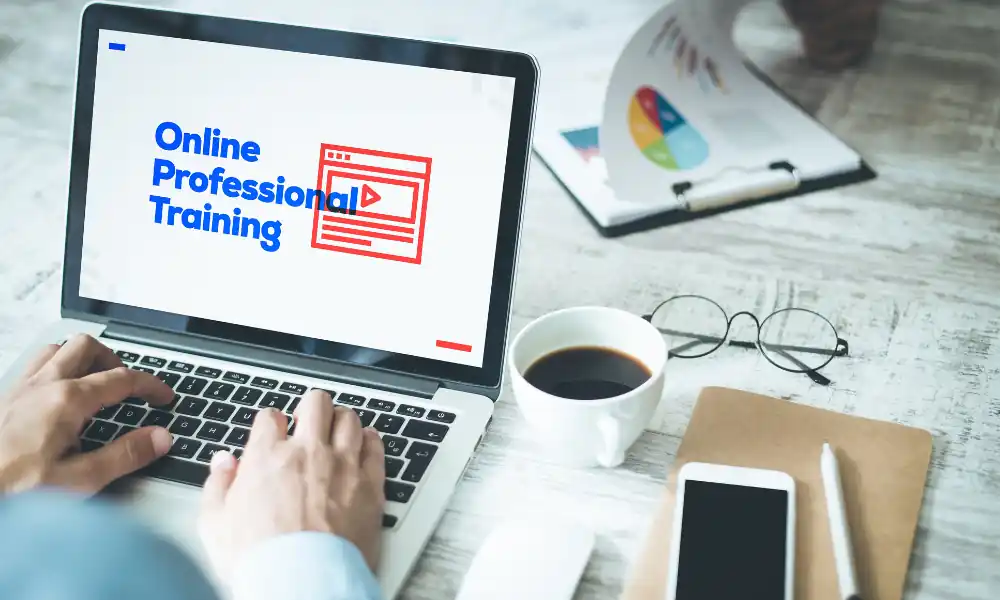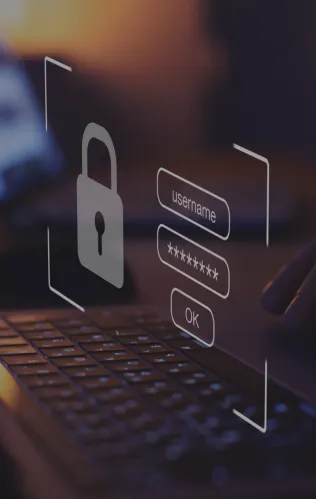From the Internet of Things to Artificial Intelligence, we have witnessed the unprecedented rise of technology. It has completely changed the way we live, work, and communicate. While these innovations have propelled our society, they have also accentuated a persistent challenge known as the digital divide. This gap reflects the uneven access and proficiency individuals and communities have in using digital technologies. As a result, disparities in opportunities and outcomes are created.
In educational settings, addressing the digital divide is imperative. Around 92% of teachers have claimed to leverage some form of EdTech in the classroom. Therefore, integrating technology into education is not a mere adoption of gadgets or software. It requires a strategic approach to empower educators and learners. Without adequate training and support, the potential benefit of the technology is lost. Educators struggle to navigate the digital landscape, and students miss opportunities for enhanced engagement and skill development. It is essential that a holistic perspective encompassing training programs, ongoing support, and a commitment to inclusivity is implemented to unlock the full potential of technology.
1. Identify Stakeholders and Training needs
The initial step in bridging the digital divide within educational institutions involves identifying stakeholders and understanding their distinct training needs. This proactive approach is fundamental for tailoring training programs that cater to the diverse requirements of educators, administrators, and students. Stakeholders can range from seasoned educators to tech-savvy students. Employ surveys, interviews, and observations to pinpoint specific gaps in digital literacy and discern the unique challenges each group encounters. Through this comprehensive analysis, a nuanced understanding of training needs emerges. Educators can now become contributors to the design of training programs, ensuring that the content aligns with their teaching objectives. Administrators gain insights into the infrastructure and support systems necessary for seamless integration. Students benefit from training programs tailored to their learning styles and preferences.

2. Designing Effective Training Programs
With a comprehensive understanding of stakeholders’ diverse needs in hand, the next step is to design effective training programs. Tailoring these programs to accommodate the varied skill levels and roles of stakeholders is paramount. Using an adaptive curriculum that recognizes the differing proficiency levels of educators, administrators, and students ensures that training remains engaging and relevant. In addition, active participation in designing these programs creates a sense of ownership among stakeholders. To address the diverse roles within an educational institution, the training content should be role-specific. It should provide educators with pedagogical insights, administrators with administrative tool proficiency, and students with user-centric skills. Furthermore, incorporating feedback loops into the design process ensures an iterative approach.
3. Implementing Interactive Training Methods
Interactive and engaging training methods is essential for reinforcing knowledge. Workshops, webinars, and hands-on sessions emerge as invaluable tools in this endeavor. Workshops facilitate collaborative learning, allowing stakeholders to actively participate, share insights, and address challenges. Webinars, on the other hand, offer a scalable and accessible platform for disseminating information. Irrespective of their geographical location, stakeholders can engage with the training content. Hands-on sessions serve as a cornerstone for experiential learning, providing a practical understanding of digital tools and their applications. Through these interactive methods, stakeholders not only acquire theoretical knowledge but also develop skills.
4. Encouraging Peer-to-Peer Learning
The benefits of peer-to-peer learning and mentorship programs extend beyond the mere acquisition of technical skills. Peer learning creates a collaborative ecosystem where educators, administrators, and support staff share their experiences, insights, and best practices. This exchange not only enriches the collective knowledge base but also closes the gap in the digital divide. Mentorship programs offer a structured framework for experienced individuals to guide their peers. Mentors provide personalized support, helping mentees apply theoretical knowledge to real-world scenarios and offering guidance on overcoming specific challenges. By harnessing the collective expertise within the staff, educational institutions can cultivate a resilient and digitally competent workforce.

5. Offering Continuous Support
Institutions must establish robust mechanisms to address queries, troubleshoot issues, and offer guidance in real time. Helpdesks serve as immediate points of contact for users seeking assistance, providing a quick and direct avenue for issue resolution. Online forums create a sense of community and allow stakeholders to share experiences, seek advice, and collectively problem-solve. Classter’s support ticket system adds a sophisticated layer to ongoing support. Users can access this system via the Classter Dashboard, submitting tickets to the support team for personalized assistance with any encountered challenges. This structured approach ensures that issues are addressed in a timely manner.
Classter’s Resources for Training
In the quest to bridge the digital divide, harnessing the right resources for training and support is vital. Classter’s commitment to inclusivity is evident in its provision of straightforward user manuals that serve as a guide for setting up and seamlessly integrating with other services. These manuals are not mere technical documents. They are educational tools that demystify the intricacies of the system and make it accessible to everyone. The platform’s training resources not only acquaint users with the system’s functionalities but also empower them to harness its full potential. Through user-friendly manuals, Classter champions the cause of digital inclusion, making the journey towards bridging the digital divide attainable.
Navigating the Future
The evolution of technology shows no signs of slowing down. As new innovations emerge, the gap in digital literacy and access may widen if proactive measures are not taken. However, the path forward is not bleak but rather an opportunity for educational institutions to fortify their commitment to training and support. Strategic investments in training programs that anticipate future needs and incorporate emerging technologies empower stakeholders to navigate the digital landscape confidently. The relationship between cutting-edge training and comprehensive support helps mitigate future risks. Educational institutions can be revered as pioneers for transforming a challenge into an opportunity for growth, innovation, and inclusivity in education.
FAQ’s
The digital divide refers to the gap in access and proficiency in using digital technologies, leading to disparities in opportunities and outcomes. Bridging it is crucial for ensuring equitable access to education and opportunities for all.
The key steps include identifying stakeholders and training needs, designing effective training programs, implementing interactive training methods, encouraging peer-to-peer learning, and offering continuous support
Classter provides straightforward user manuals and training resources that empower users to set up and integrate the system seamlessly.






